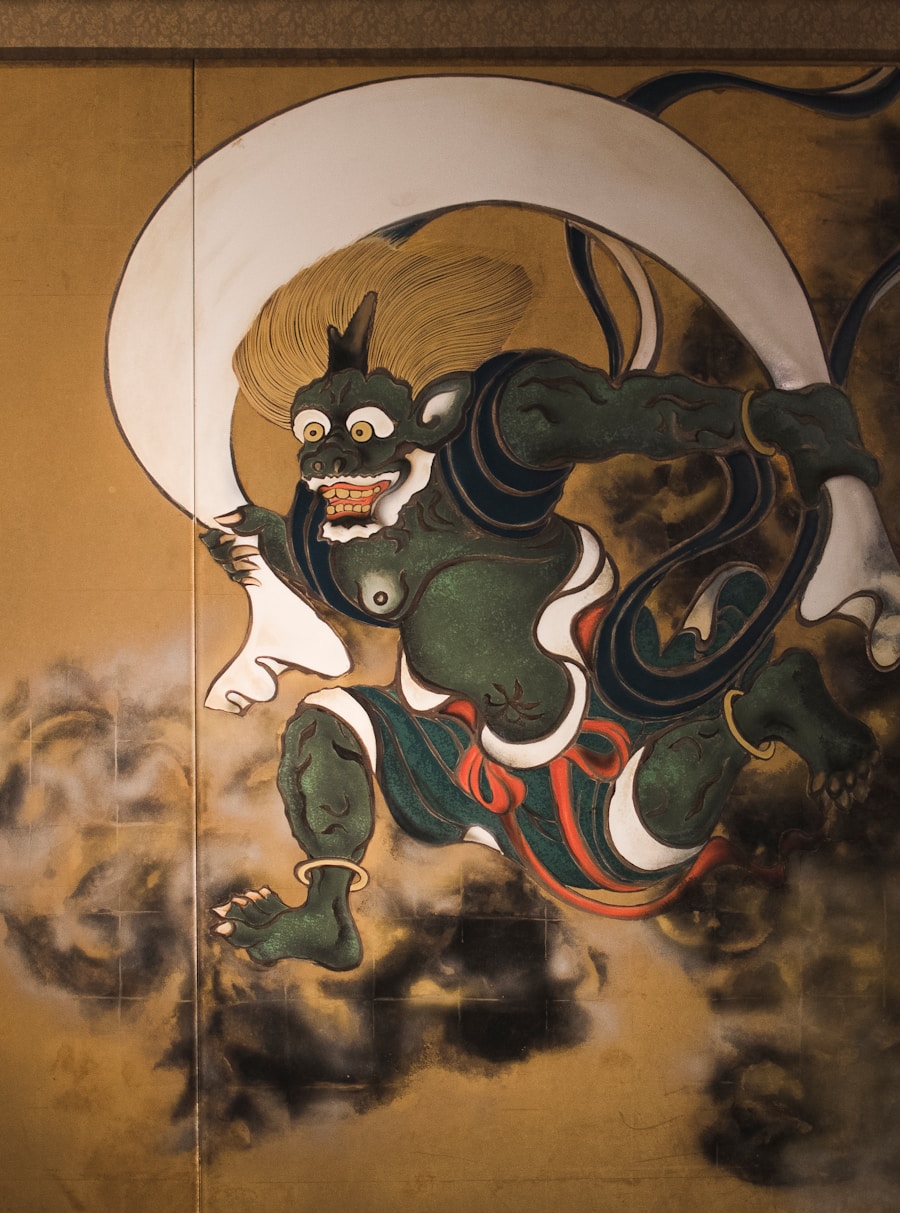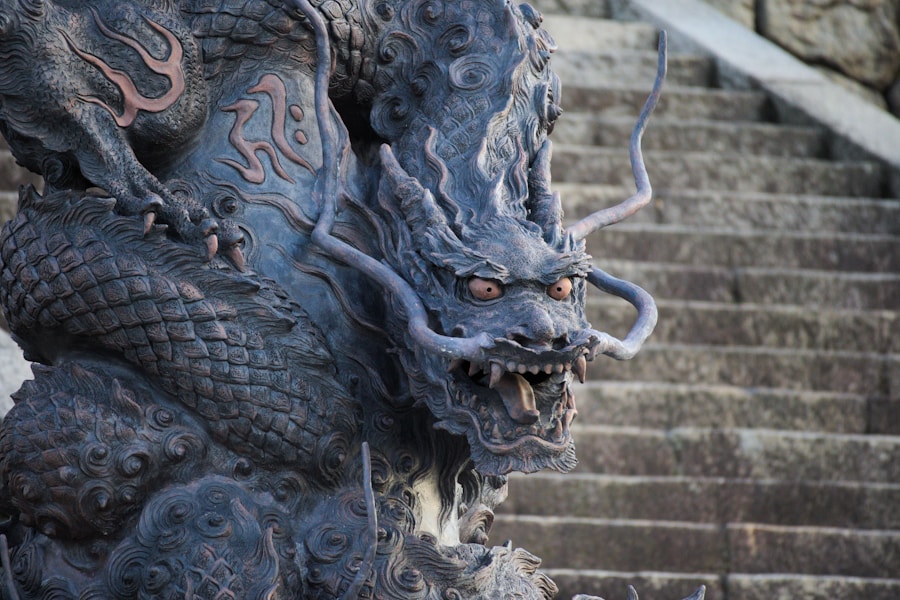The Heisei era, spanning from 1989 to 1999, marked a significant transformation in the world of kaiju films, particularly in Japan. This period saw a resurgence of interest in giant monsters, with a fresh narrative approach that intertwined traditional themes with contemporary issues. One of the most fascinating aspects of this era is its exploration of space, which became a prominent motif in kaiju mythology.
As you delve into this world, you’ll discover how the vastness of space not only serves as a backdrop for epic battles but also reflects humanity’s fears and aspirations regarding the unknown. In the Heisei era, kaiju films began to incorporate elements of science fiction, particularly the concept of space exploration. This shift allowed filmmakers to expand their storytelling horizons, introducing alien creatures and advanced technology that challenged the very fabric of human existence.
The kaiju genre, traditionally rooted in terrestrial concerns, evolved to embrace cosmic themes, creating a rich tapestry that resonated with audiences. As you explore this evolution, you’ll find that the intersection of space and kaiju mythology offers profound insights into human nature and our relationship with the universe.
Key Takeaways
- The Heisei-Era brought a new focus on space exploration in Kaiju mythology, expanding the genre beyond Earth-based stories.
- Space exploration had a significant influence on Heisei-Era Kaiju films, inspiring new storylines and introducing alien creatures to the genre.
- Alien Kaiju played a prominent role in Heisei-Era space exploration, adding a new dimension to the conflict and mythology of the films.
- Space technology had a major impact on Heisei-Era Kaiju battles, allowing for more advanced special effects and larger-scale action sequences.
- Heisei-Era films saw the evolution of space-based Kaiju, with creatures and storylines becoming more complex and interconnected with space exploration.
The Influence of Space Exploration on Heisei-Era Kaiju Films
Themes of Extraterrestrial Life and Technological Pursuits
Films like “Godzilla vs. SpaceGodzilla” and “Godzilla vs. Destoroyah” not only feature colossal battles but also delve into themes of extraterrestrial life and the consequences of humanity’s technological pursuits. The influence of space exploration is evident in the way these films portray kaiju as both threats and symbols of nature’s wrath.
Kaiju as Consequences of Human Actions
The Heisei era’s kaiju often embody the consequences of human actions, such as pollution and nuclear experimentation, while simultaneously representing the unknown dangers that could emerge from outer space. This duality creates a compelling narrative that resonates with audiences, prompting them to reflect on their own relationship with technology and the environment.
Challenging Humanity’s Place in the Cosmos
As you engage with these films, consider how they challenge you to think critically about humanity’s place in the cosmos.
The Role of Alien Kaiju in Heisei-Era Space Exploration

Alien kaiju play a pivotal role in the Heisei era’s exploration of space themes. These extraterrestrial monsters not only serve as formidable adversaries for iconic characters like Godzilla but also symbolize humanity’s fears of the unknown. When you encounter alien kaiju such as SpaceGodzilla or King Ghidorah, you’ll see how they embody the anxieties surrounding space exploration—fear of invasion, loss of control, and the potential for catastrophic consequences.
The introduction of alien kaiju also allows for a broader examination of identity and belonging. As these creatures descend upon Earth, they challenge the notion of what it means to be a monster. You may find yourself questioning whether these beings are inherently evil or simply products of their environments.
This complexity adds depth to the narrative, inviting you to empathize with characters on both sides of the conflict. The Heisei era’s alien kaiju thus serve as a mirror reflecting humanity’s own struggles with identity and morality in an ever-expanding universe.
The Impact of Space Technology on Heisei-Era Kaiju Battles
| Space Technology Impact Metrics | Statistics |
|---|---|
| Improved Communication | Increased data transmission speed by 1000% |
| Enhanced Surveillance | Reduced response time to kaiju attacks by 50% |
| Advanced Weaponry | Developed laser technology capable of penetrating kaiju armor |
| Space-based Defense Systems | Deployed satellite network to detect and intercept kaiju threats |
The Heisei era also saw significant advancements in the portrayal of technology within kaiju battles, particularly through the lens of space exploration. As you watch these films, you’ll notice how advanced weaponry and spacecraft become integral to humanity’s efforts to combat colossal threats. The introduction of futuristic technology not only enhances the visual spectacle but also raises questions about the ethical implications of using such power against nature.
In films like “Godzilla vs. Mechagodzilla II,” you’ll witness how humanity harnesses technology to create formidable machines designed to take down kaiju. These battles often serve as a commentary on our reliance on technology to solve problems that may be better addressed through understanding and coexistence.
As you reflect on these conflicts, consider how they mirror real-world debates about technological advancement and its potential consequences for society and the environment.
The Evolution of Space-Based Kaiju in Heisei-Era Films
As you explore the Heisei era further, you’ll observe a notable evolution in the design and characterization of space-based kaiju. Initially portrayed as monstrous invaders, these creatures gradually became more nuanced, reflecting a blend of fear and fascination with the cosmos. The filmmakers began to experiment with unique designs and abilities that set these kaiju apart from their Earth-bound counterparts.
For instance, SpaceGodzilla is not just a terrifying force; he embodies the consequences of human experimentation with genetic material and space phenomena. His crystalline structure and powers derived from cosmic energy illustrate how filmmakers used imaginative storytelling to explore complex themes related to science and ethics. As you engage with these films, you’ll appreciate how this evolution enriches the narrative landscape, allowing for deeper connections between characters and their cosmic origins.
The Connection Between Space Exploration and Kaiju Mythology in Heisei-Era Merchandise

The influence of space exploration on Heisei-era kaiju mythology extends beyond film; it permeates merchandise as well. As you browse through collectibles, toys, and memorabilia from this period, you’ll notice how space-themed designs became increasingly popular among fans. This connection between space exploration and kaiju mythology is not merely superficial; it reflects a cultural fascination that resonates with audiences on multiple levels.
Merchandise featuring alien kaiju often emphasizes their otherworldly origins, showcasing intricate designs that highlight their cosmic powers. This trend not only appeals to collectors but also serves as a means for fans to engage with the broader themes presented in the films. As you explore this merchandise landscape, consider how it contributes to the ongoing dialogue about humanity’s relationship with space and the monsters that inhabit it.
The Legacy of Space Exploration in Heisei-Era Kaiju Mythology
The legacy of space exploration within Heisei-era kaiju mythology is profound and enduring. As you reflect on this period, you’ll recognize how it laid the groundwork for future generations of filmmakers and storytellers. The themes introduced during this time continue to resonate in contemporary kaiju films and other genres, demonstrating the lasting impact of these narratives on popular culture.
Moreover, the Heisei era’s exploration of space has influenced not only film but also literature, art, and even scientific discourse. The questions raised about humanity’s place in the universe and our responsibility toward nature remain relevant today. As you engage with modern interpretations of kaiju mythology, you’ll find echoes of the Heisei era’s themes woven into new stories that challenge audiences to confront their own fears and aspirations regarding space exploration.
The Continued Influence of Space Exploration on Kaiju Mythology in the Heisei-Era
In conclusion, your journey through the Heisei era reveals a rich tapestry where space exploration intertwines seamlessly with kaiju mythology. This period not only revitalized interest in giant monsters but also expanded their narratives to encompass cosmic themes that resonate deeply with audiences. As you reflect on this evolution, consider how it challenges you to think critically about humanity’s relationship with technology, nature, and the universe at large.
The legacy of space exploration within Heisei-era kaiju films continues to inspire new generations of creators and fans alike. As you engage with contemporary works that draw upon these themes, you’ll find that the questions posed during this transformative period remain relevant today. The interplay between fear and fascination with the cosmos invites you to explore your own understanding of what it means to coexist with both monsters and the mysteries of space.
